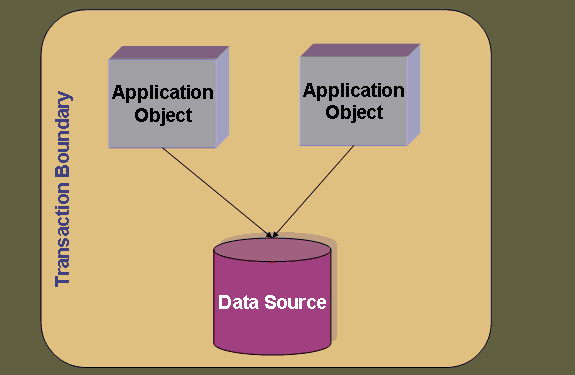The first of the month is a busy time for the accounting departments, and is usually referred to as month end close. In theory, the month end close process should be simple and straightforward. In general, it consists of calculating revenue and expenses, identifying the accounts that still need to be collected, and updating the inventory, cash, and fixed assets accounts. The reality is that month end close is not simple or straightforward. It is extremely complex and time consuming, especially when it comes to software revenue recognition rules.
Below are a few reasons why software revenue recognition rules make the month end close complex:
- Multi-element Arrangements – Most software companies will not sell their products unless the customer has agreed to some kind of contract. This may be as simple as an end user agreement or as complex as a lawyer-driven contract. Bundled items sold on a single contract is time consuming because accounting has to pour through each contract and determine the specific commitments the company has made to a customer. Then, each commitment has to be assigned a portion of the final sales price. Product sold as multiple elements can add multiple days to the close process.
- Vendor Specific Object Evidence of Fair Value – As mentioned above, determining price can be a challenge for the accounting department. The final sales price needs to fall within a narrow VSOE band or the entire contract may have to be deferred until it is completed.
- Hodgepodge Systems – Some software companies add complexity to their month end close because they do not have a single system that can perform all of their calculations. Instead they use spreadsheets for the bulk calculations and transfer a summary into QuickBooks The detail may be upload into a SQL database for Business Intelligence purposes. The need to transfer data and merge spreadsheets to perform the final calculations can add hours to the close.
Combine all of these complexities together and a relatively straightforward month end close process has now increased to three full weeks. A long close can be a problem for an accounting department. It calls into question their value and effectiveness as well as their abilities. Can Senior Management really trust the financial analysis behind a group that spends three weeks gathering the numbers?
At Bi101, we believe that the month end close does not need to take most of the month. There are ways to reduce the complexities of the software revenue recognition rules including the following:
- Automation – As we mentioned yesterday, automation is a powerful weapon in helping software companies become “champions.”
- Centralized Database – Sales information should not be stored in one system while the general ledger is in another. It would be faster to use a single shared database.
- Regular Software Updates – Since the software revenue recognition rules are constantly changing, accounting departments need a system that can be updated to address whatever standard is issued next.
If management is really interested in reducing the time it takes to close the books each month, they should consider NetSuite. NetSuite was designed to help management navigate the software revenue recognition rules and reduce the month end close process. If you are interested in learning more, please contact us.
[subscribe2]




